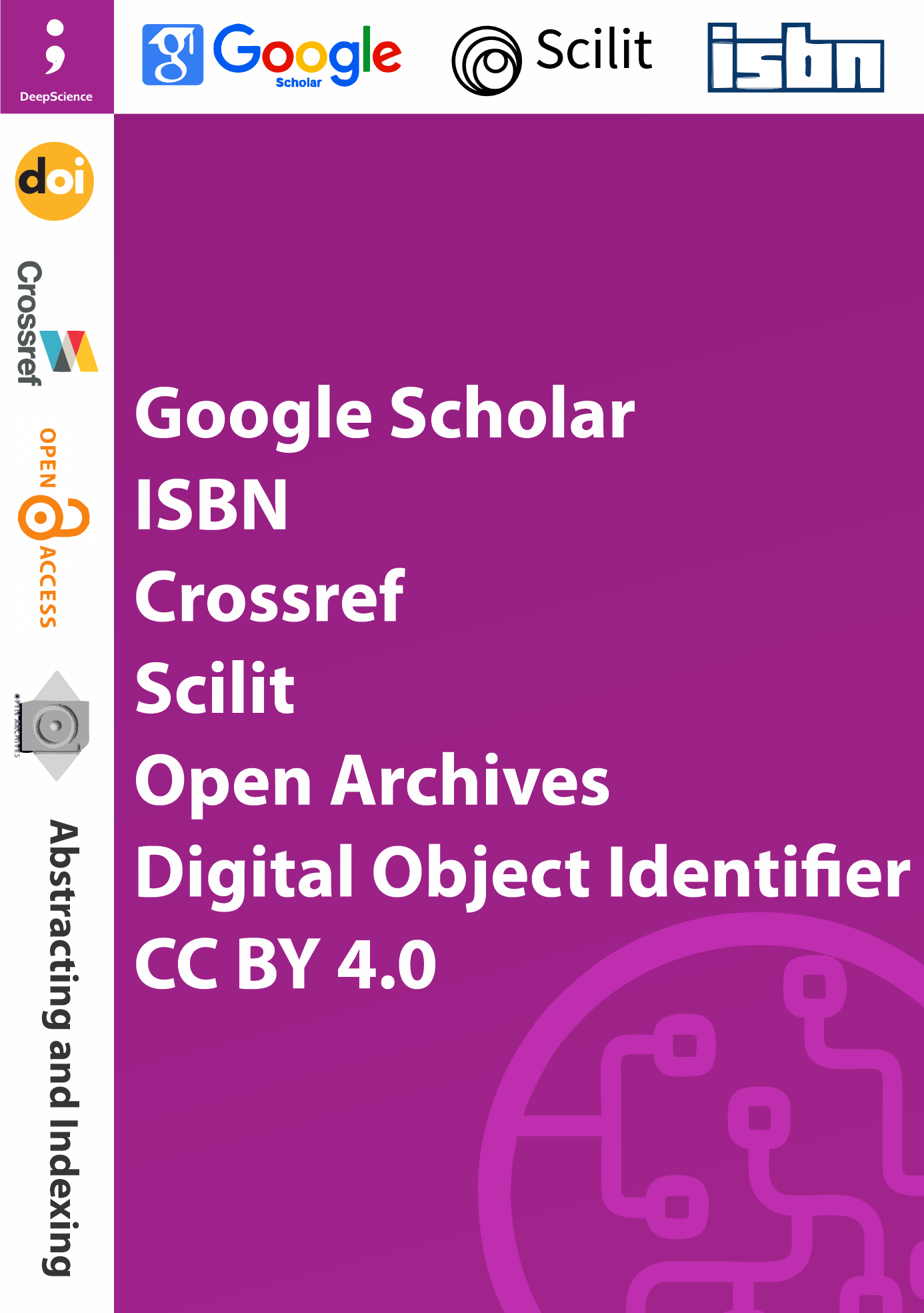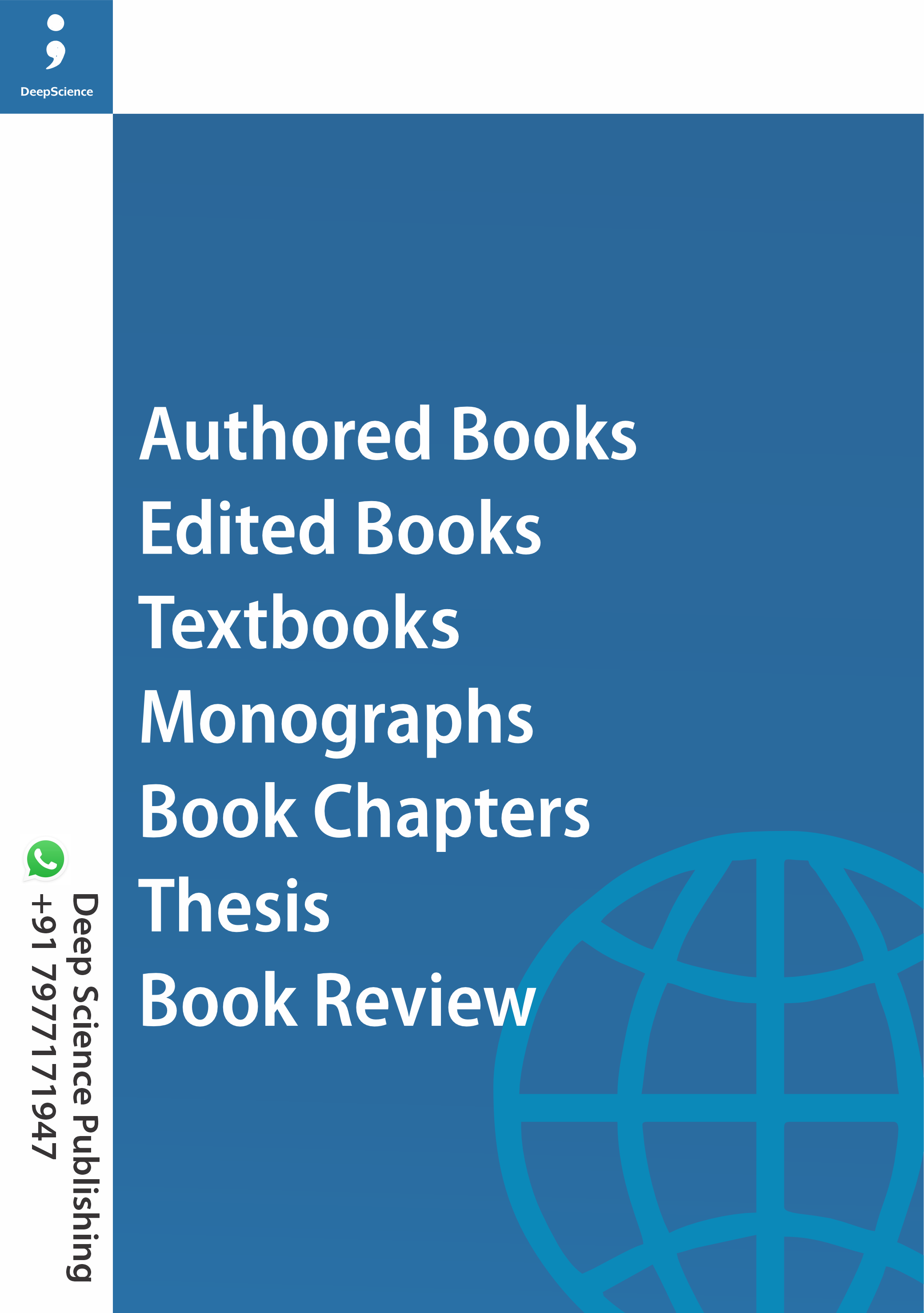Mathematics Conceptual Understanding and Pedagogical Frameworks : A Zimbabwean Perspective
Keywords:
Mathematics, Education , Linear Algebra , Conceptual Understanding , Matrix Operations , Determinants of Matrices , Pedagogical FrameworksSynopsis
This book comprehending matrix operations is presented in Chapter 1. The chapter examines matrix addition, scalar multiplication, matrix multiplication, early genetic decomposition, and modified genetic decomposition. The initial genetic breakdown served as an analytical instrument. The study described in Chapter 2 was based on a paper that used Action Process Object Schema (APOS) theory to examine participants' beliefs of determinants and their attributes. Determinants of a matrix, determinants of transposition of a matrix, determinants of product of matrices, and determinants of inverse of matrix are shown in the early genetic decomposition. In order to determine the necessary determinants of matrices, certain questions call for the use of determinant properties. We examined the conceptual understanding of a solution of systems of equations served as the basis for the preliminary genetic decomposition presented in Chapter 3. The current study set out to ascertain the in-service math teachers' conceptual comprehension of the idea of solving systems of equations. The questions asked about the solution to equation systems and the geometric depiction of equation systems with consistent and inconsistent solutions using lines and planes.
The mental knowledge of students and recurring misconceptions regarding quadratic functions and equations are examined in Chapters 4 and 5. Chapter 4 t investigate how undergraduate students assimilate the idea of a quadratic function. With an emphasis on generalization, operational confusion, and interference, Chapter 5 examines typical mistakes and misunderstandings students make while attempting to solve quadratic equations. Both chapters draw attention to the cognitive difficulties that students encounter and stress the need of constructivist, student-centered methods in resolving these difficulties. When taken as a whole, these chapters provide important insights for enhancing secondary and tertiary mathematics education. Pedagogical models and framweworks were developed in this book.













